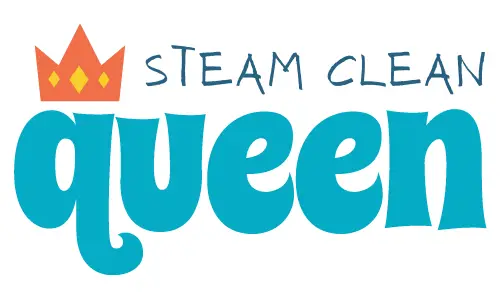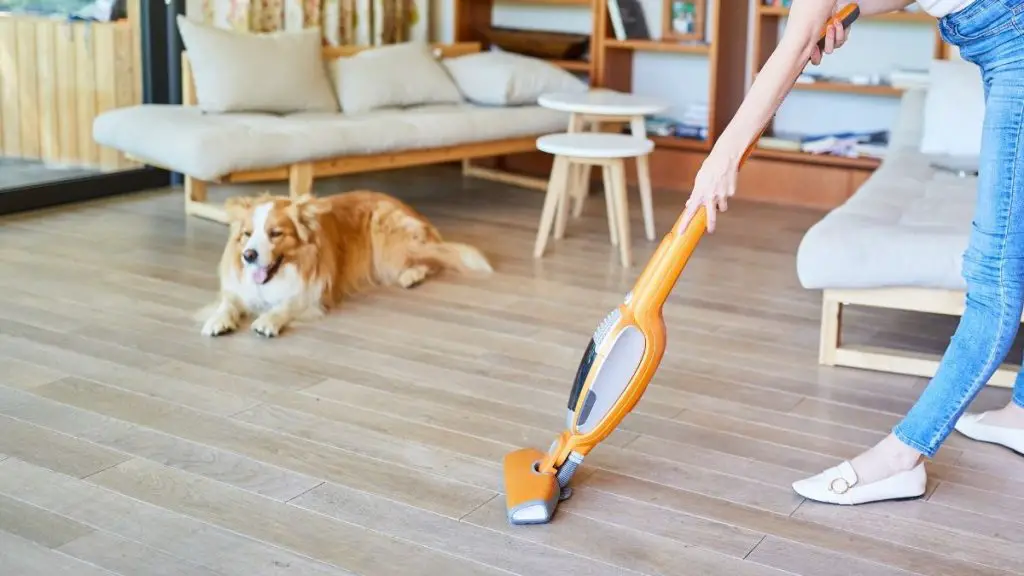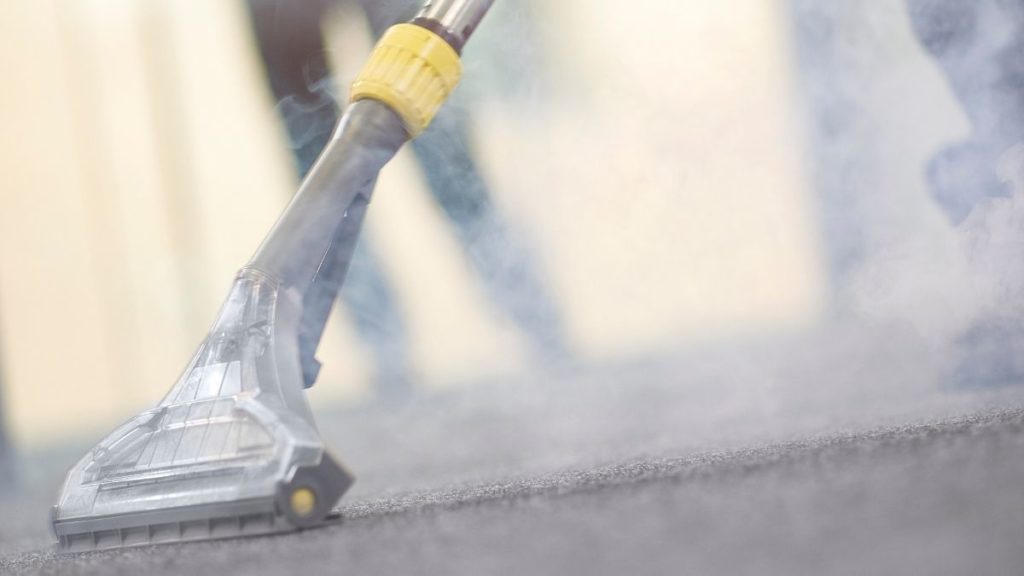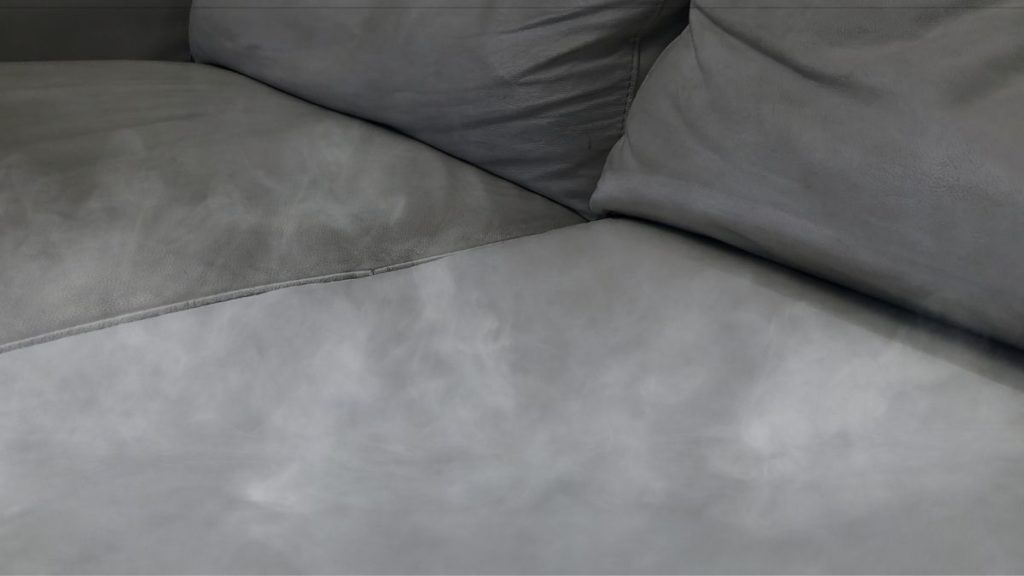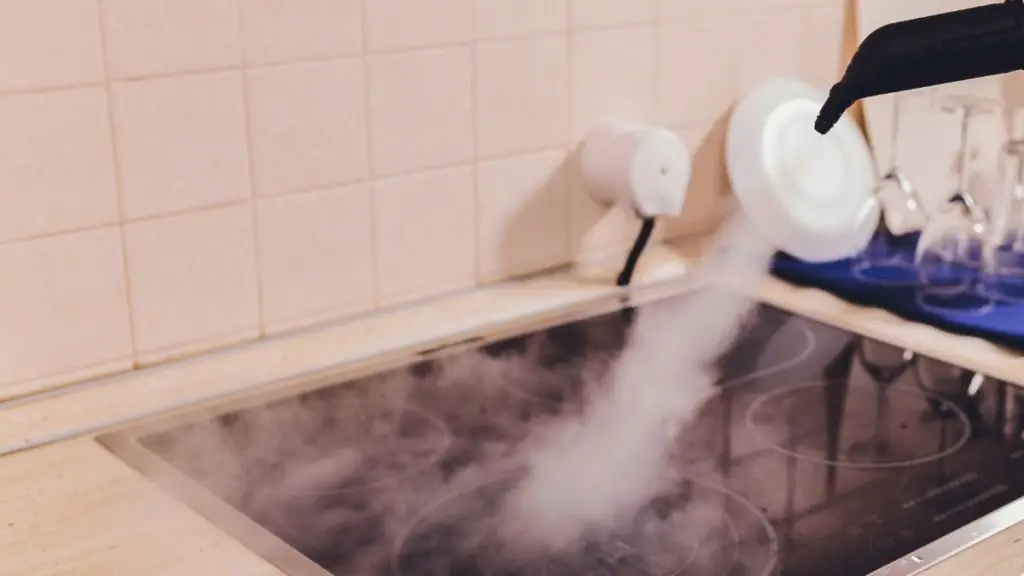How to Clean Carpet After Toilet Overflow (An 8-Step Guide)
You know that utterly helpless feeling when you flush the toilet only to have the waste rise up, out of the toilet, and spill out onto your floors? Horrified, you just stand aside and watch as the mess soaks into your bathroom’s carpets!
Once it settles down (or shall I say, settles IN), it’s time to roll up the sleeves and attack back the mucky flood.
How to clean carpet after toilet overflow, you’ll need a wet vacuum, towels, safety gear, and the power of steam. With the right precautions, you can clean your bathroom and get rid of the problem.
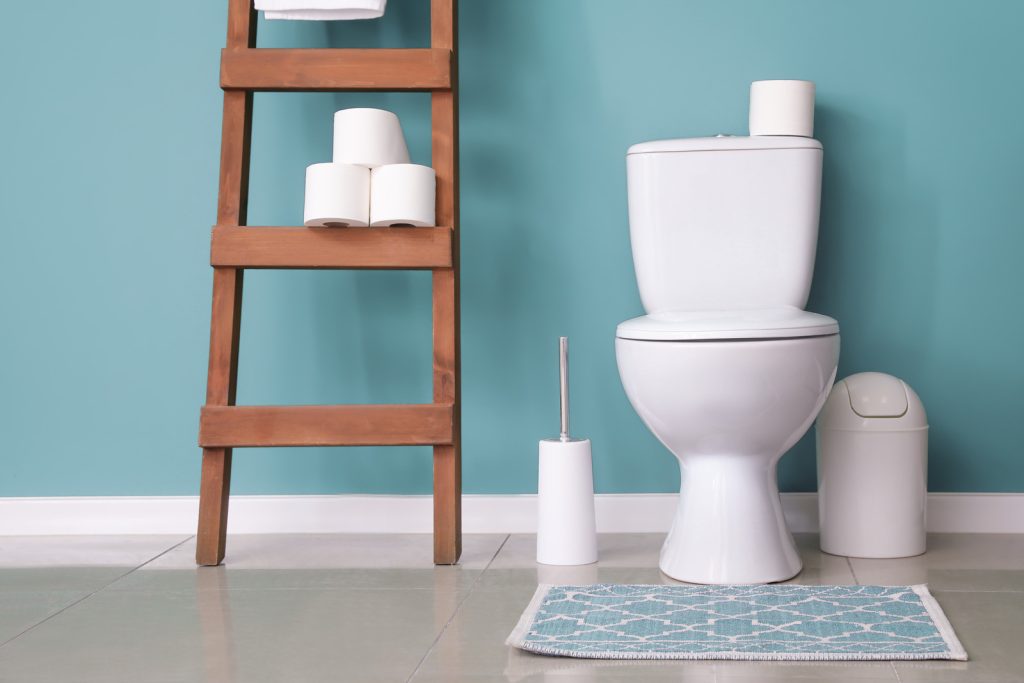
Table of Contents
Table of Contents
What You’ll Need to Clean the Carpet
The first thing to bear in mind: get cleaning IMMEDIATELY. The longer you let the sewage soak into your carpet, the harder it will be for you to save it.
Experts recommend that you get rid of the carpet entirely if sewage has been in it for more than 24 hours. That’s because at that stage, you’re at risk of developing a serious infection.
Now, to get to work you’ll need a few specific tools. Here’s what to gather to help you clean your bathroom carpets:
- Disinfectant carpet cleaner
- Old towels
- Large plastic sheets
- A fan
- A broom
- A hose
- A dehumidifier
- A steam cleaner
- A wet vacuum
- Rubber gloves
With this gear gathered, you’re ready to get to work.
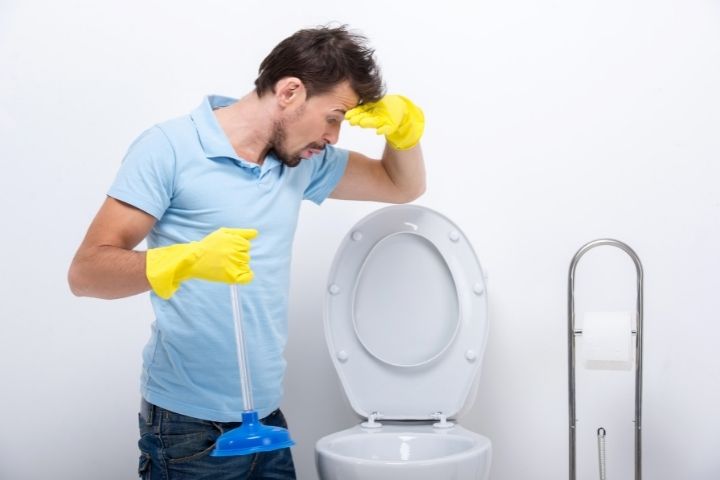
How to Clean Carpet After Toilet Overflow (And Floor)
Step 1: Assess the Damage
In other words, you need to decide whether you should clean at all or simply roll it up and say goodbye to it.
If you’ve had a huge sewer leak, your carpet might be beyond repair! The same goes, as I said above, if the carpet was drenched in yuck for 24+ hours.
However, if you’re just dealing with an overflowing toilet that you spotted soon enough, you’ll likely be able to fix the damage. That’s especially true if the damage hasn’t spilled out into the next room.
Step 2: Gear Up
Put on rubber gloves (the longer, the better!).
That and protective footwear are a MUST. But to get some peace of mind, you can also wear a face mask and a pair of goggles. You never know when something might splash!
Step 3: Wet Vacuum the Area
Wet vac comes first to deal with the bulk of the mess. But you might also need old towels to soak up as much of the contaminated water as possible.
In the middle of this crisis, you may easily forget that you’ll need to clean the cleaner itself once this a nasty operation is done! Obviously, you can’t deal with it now. But make a mental note to get it done BEFORE you put the vac back into the storage room!
Step 4: Disinfect
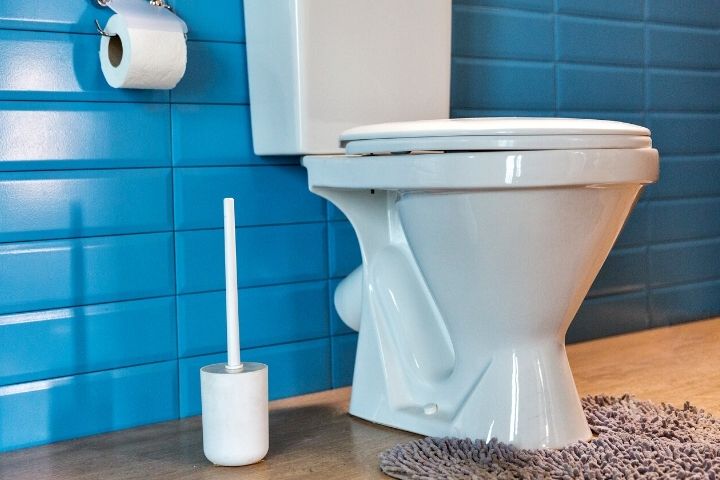
Once you’ve got as much of the sewage water up as possible, it’s time for you to deal with the germs! Spray the floor with a disinfectant carpet cleaner. Let it sit for some time and wash it off.
Ideally, you’ll want to remove the carpet and bring it outside for a proper cleanup. Spray the disinfectant well.
Using a broom (preferably one that you can dispose of afterwards), thoroughly work the carpet cleaner into the carpet. You can spray the carpet with disinfectant as many times as you need.
But if you aren’t ready to self-rely entirely on this, I hear you. You can always bring the carpet over to the pros!
Step 5: Dry the Area
Allow the carpets as much time as they need to dry completely.
A fan will help, but it needs an extra kick. If you have a dehumidifier, turn it on too. But you should also keep the bathroom open and let the natural ventilation help you out.
Step 6: Hose the Rugs
Next, wrap any rugs in plastic and take them into the backyard. Time to give them a decent shower! Enter hose, disinfectant, and your industrious pair of hands. Use all your might to scrub the dirt out of the rugs, then spread them out to dry.
A clothes line will do an ever better job as it will prevent moisture from seeping back and forth between the rug and the surface.
If it’s a windy day, all the better! The gist is to let the rugs dry fully, to the last fiber. Any leftover moisture will merely invite the bacteria back in.
Step 7: Steam Clean the Floor
Once your rugs are done, it’s time to head back into the bathroom.
Remember how I told you to wash the disinfectant off completely during step #4? If you haven’t done it well, repeat the rinsing. That’s because in this step, you’ll be using steam. And steam can get dangerous when combined with lingering chemicals!
Grab your bathroom steam cleaner and carefully go over the entire floor – especially grout! Bacteria just LOVE to hide there in plain sight.
Most guides will just tell you to mop up the floor and scrub the grout with a stiff-bristled brush.
But the truth is, you’ll need both pressure and heat to break down the caked dirt that’s so ideal for germs. And a powerful steam cleaner is the only kind of machine that’ll offer you both pressure and heat.
Step 8: Let Dry
After you steam clean your carpet, it’s important to allow them to dry properly. Once again, leave the doors and windows open and turn on the fan in the bathroom.
Frequently Asked Questions
How Do You Disinfect Carpet After Sewer Backup?
To disinfect your carpet, you can use a commercial carpet disinfectant. If you don’t want chemicals that are too harsh, you can mix one cap of bleach with one gallon of water and use this on your carpets.
Can Carpet Be Saved After a Flood?
If water has been allowed to sit on your carpet for an extended period of time (think 24 hours), it’s best to just throw it out. That’s because mold and bacteria can already be growing and can pose a health risk.
